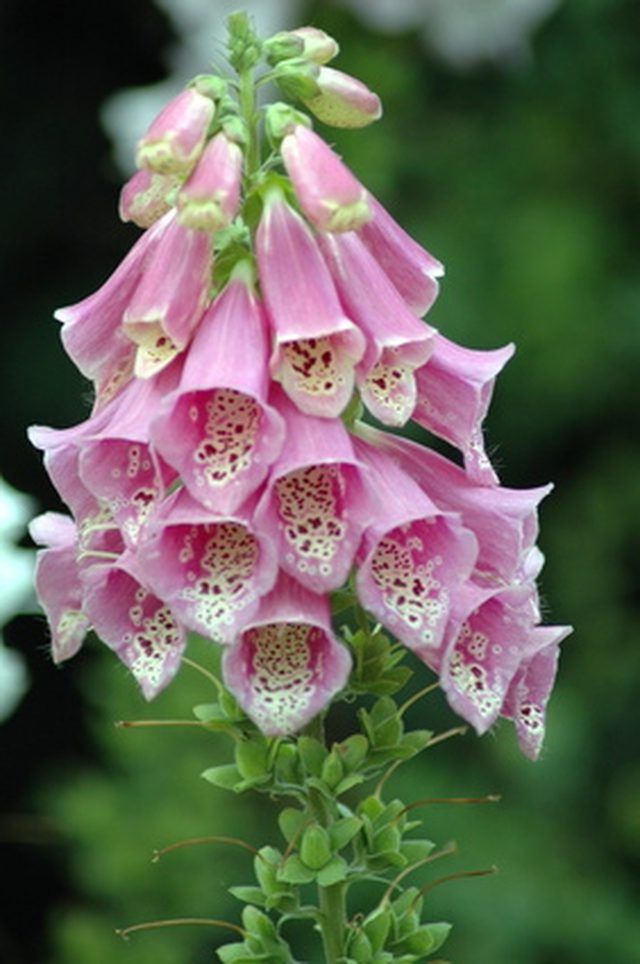Bulbs
Flower Basics
Flower Beds & Specialty Gardens
Flower Garden
Garden Furniture
Garden Gnomes
Garden Seeds
Garden Sheds
Garden Statues
Garden Tools & Supplies
Gardening Basics
Green & Organic
Groundcovers & Vines
Growing Annuals
Growing Basil
Growing Beans
Growing Berries
Growing Blueberries
Growing Cactus
Growing Corn
Growing Cotton
Growing Edibles
Growing Flowers
Growing Garlic
Growing Grapes
Growing Grass
Growing Herbs
Growing Jasmine
Growing Mint
Growing Mushrooms
Orchids
Growing Peanuts
Growing Perennials
Growing Plants
Growing Rosemary
Growing Roses
Growing Strawberries
Growing Sunflowers
Growing Thyme
Growing Tomatoes
Growing Tulips
Growing Vegetables
Herb Basics
Herb Garden
Indoor Growing
Landscaping Basics
Landscaping Patios
Landscaping Plants
Landscaping Shrubs
Landscaping Trees
Landscaping Walks & Pathways
Lawn Basics
Lawn Maintenance
Lawn Mowers
Lawn Ornaments
Lawn Planting
Lawn Tools
Outdoor Growing
Overall Landscape Planning
Pests, Weeds & Problems
Plant Basics
Rock Garden
Rose Garden
Shrubs
Soil
Specialty Gardens
Trees
Vegetable Garden
Yard Maintenance
Pennsylvania Planting Zones
Pennsylvania Planting Zones. The United States Department of Agriculture (USDA) designates planting zones based on an area's minimum winter temperature. Planting zones 5 and 6 make up the majority of Pennsylvania. These zones are further divided into sub-zones 5a, 5b, 6a and 6b.

The United States Department of Agriculture (USDA) designates planting zones based on an area's minimum winter temperature. Planting zones 5 and 6 make up the majority of Pennsylvania. These zones are further divided into sub-zones 5a, 5b, 6a and 6b.
Minimum Temperatures
Pennsylvania spans planting zones 5 and 6, according to the United States National Arboretum. Zone 5, which spans from central to northwestern Pennsylvania, features minimum temperatures ranging from minus 20 to minus 10 degrees Fahrenheit. Zone 6 covers the majority of eastern and southern Pennsylvania with minimum temperatures between minus 10 and zero degrees Fahrenheit.
Climate
According to the National Garden Association, the Mid-Atlantic region, including Pennsylvania, is influenced by both coastal weather and the Great Lakes. Cold temperatures from the Great Lakes and Ohio River Valley influence the planting zones by providing a reliable snow cover during most winters. Coastal storms, including hurricanes and nor'easters, contribute to the average precipitation of 35 to 40 inches each year. These climate factors are important reasons why the USDA assigned Pennsylvania to planting zones 5 and 6.
Recommended Plants
According to the National Gardening Association, the mid-Atlantic climate, including Pennsylvania, is an ideal place to plant shrubs and trees. Gardeners can locate other plants recommended for zones 5 and 6 by consulting local nurseries. The Nature Hills Nursery, for example, recommends many perennial flowers for Pennsylvania's planting zones, including black-eyed Susans, clematis, columbine, daylilies, foxglove and phlox.